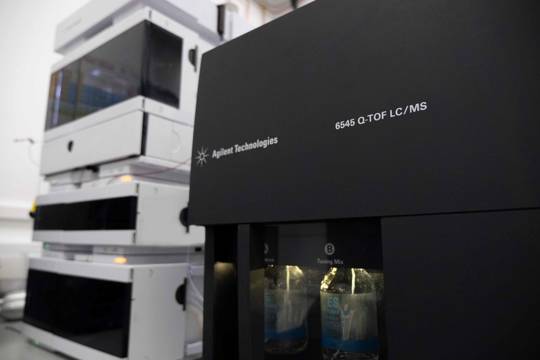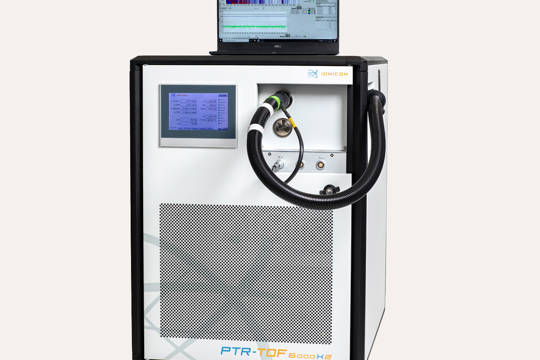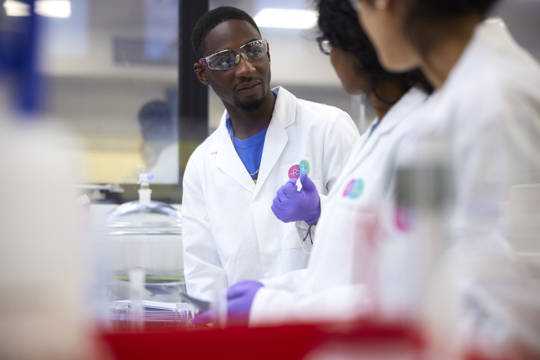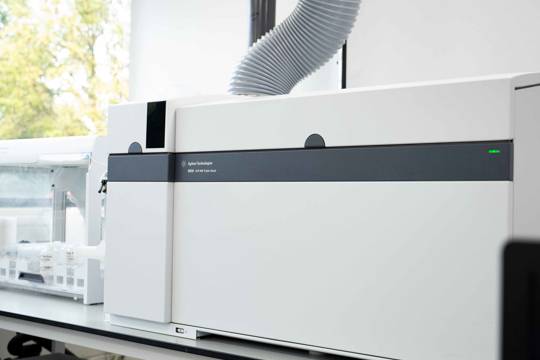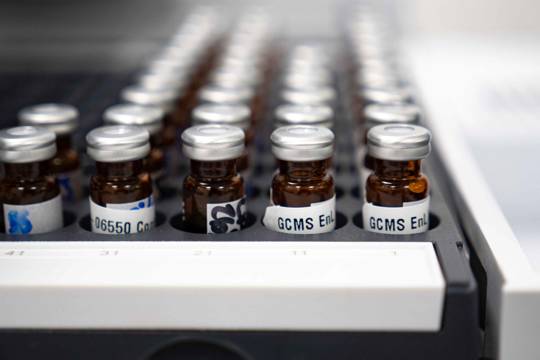
Life science capabilities and applications
- Taints investigations (off-flavours or odours in drugs, excipients, or other pharmaceutical products)
- Flavour Profiling against custom libraries
- Detection and quantification of nitrosamines
- Extractables and leachables (detection, identification, and quantification of a wide range of volatile and semi-volatile compounds)
- Non-intentionally added substances (NIAS) identification and quantification
- Troubleshooting
- Multiple sample introduction capabilities Solid Phase Microextraction (SPME) , HeadSpace (HS), Liquid, Thermal Desorption (TD)
